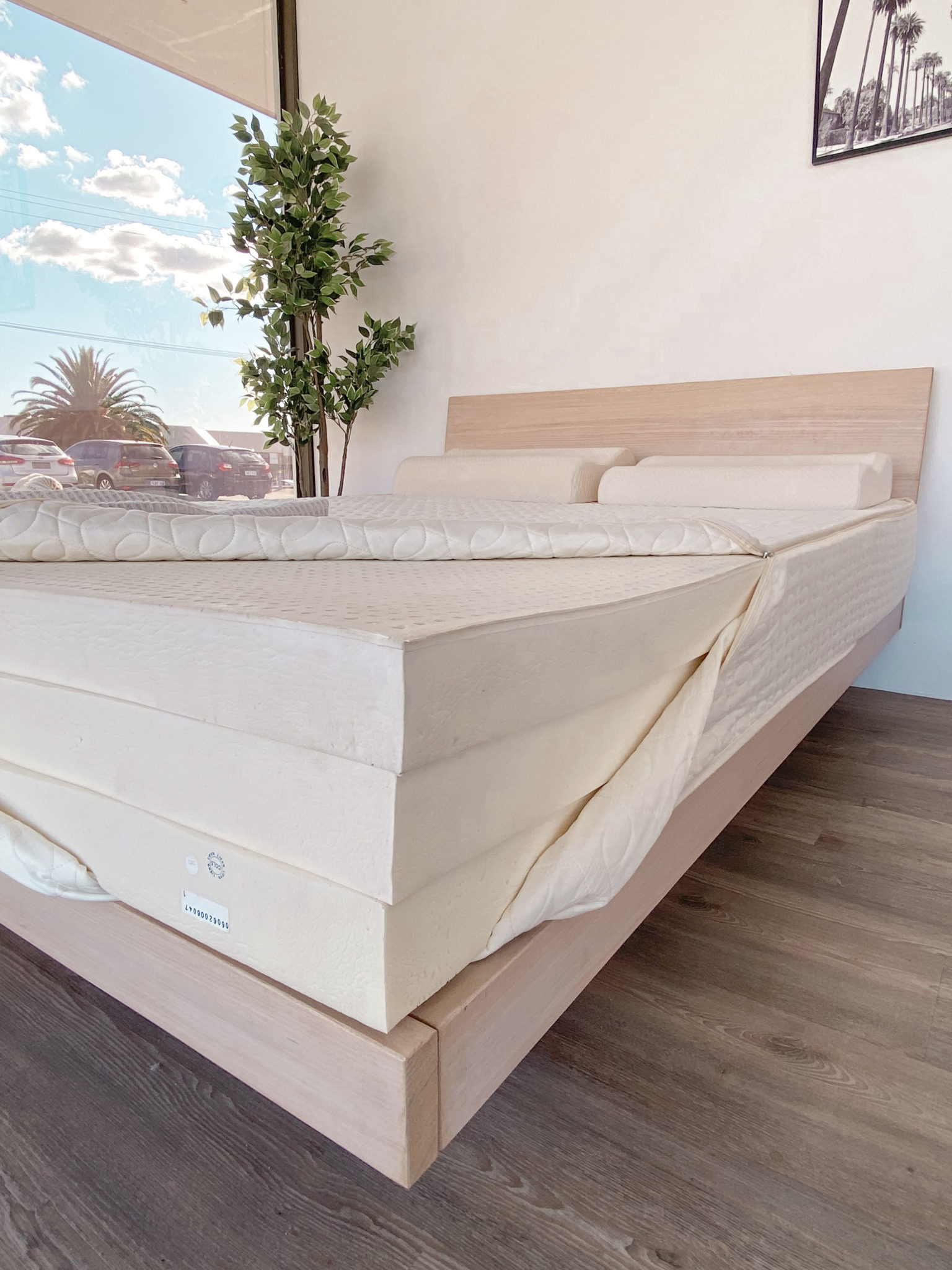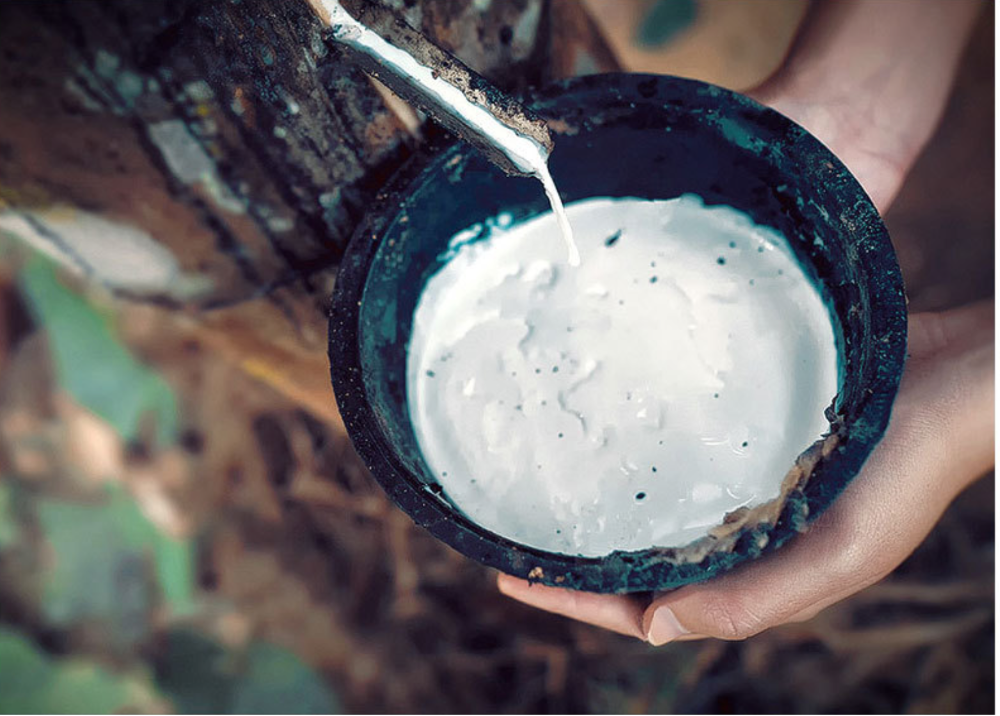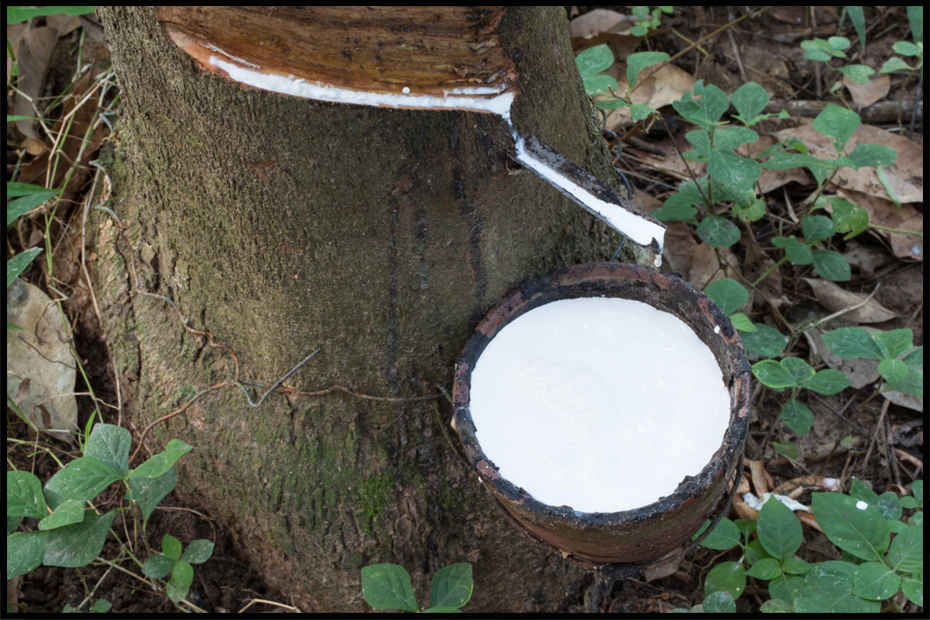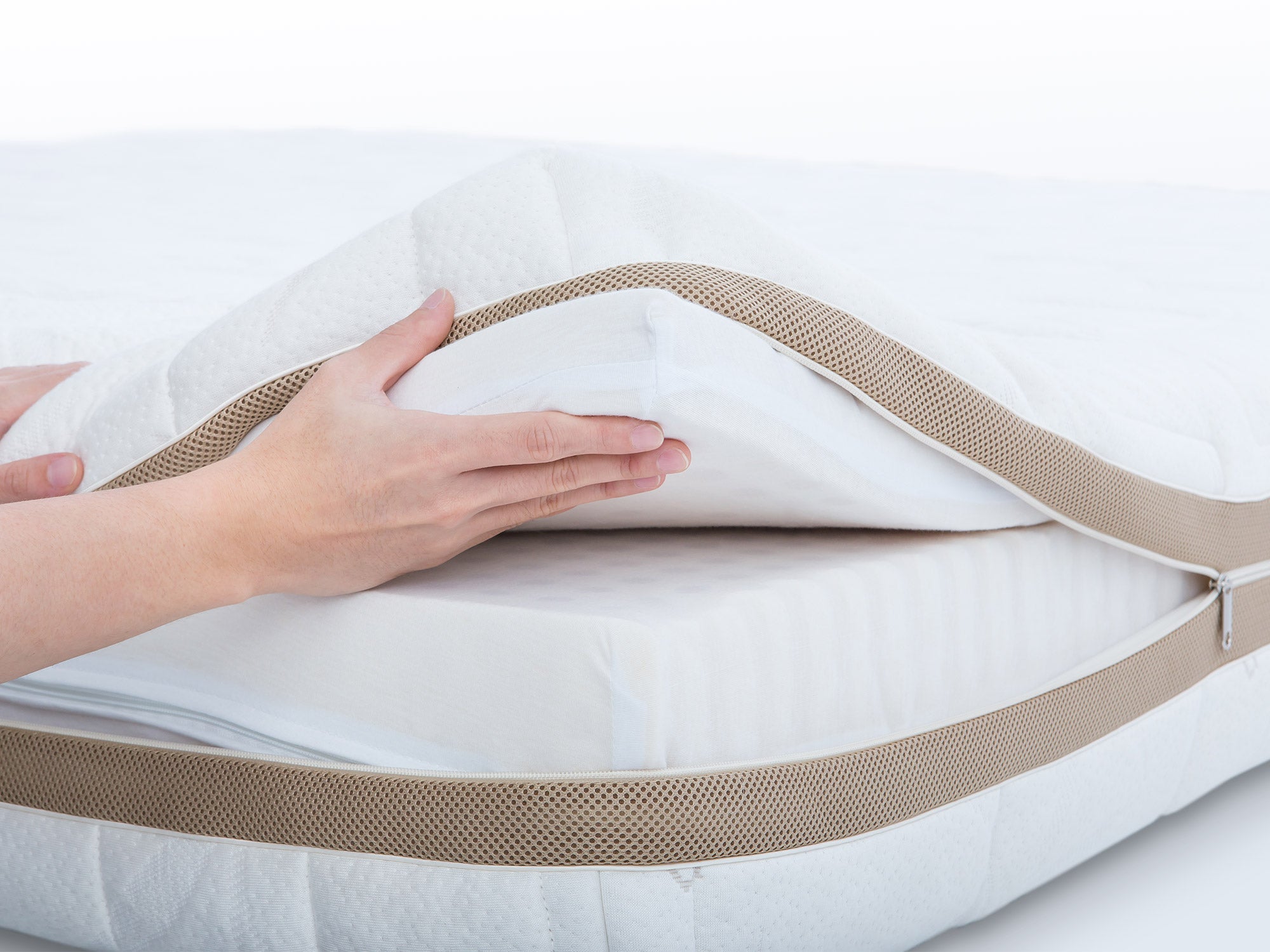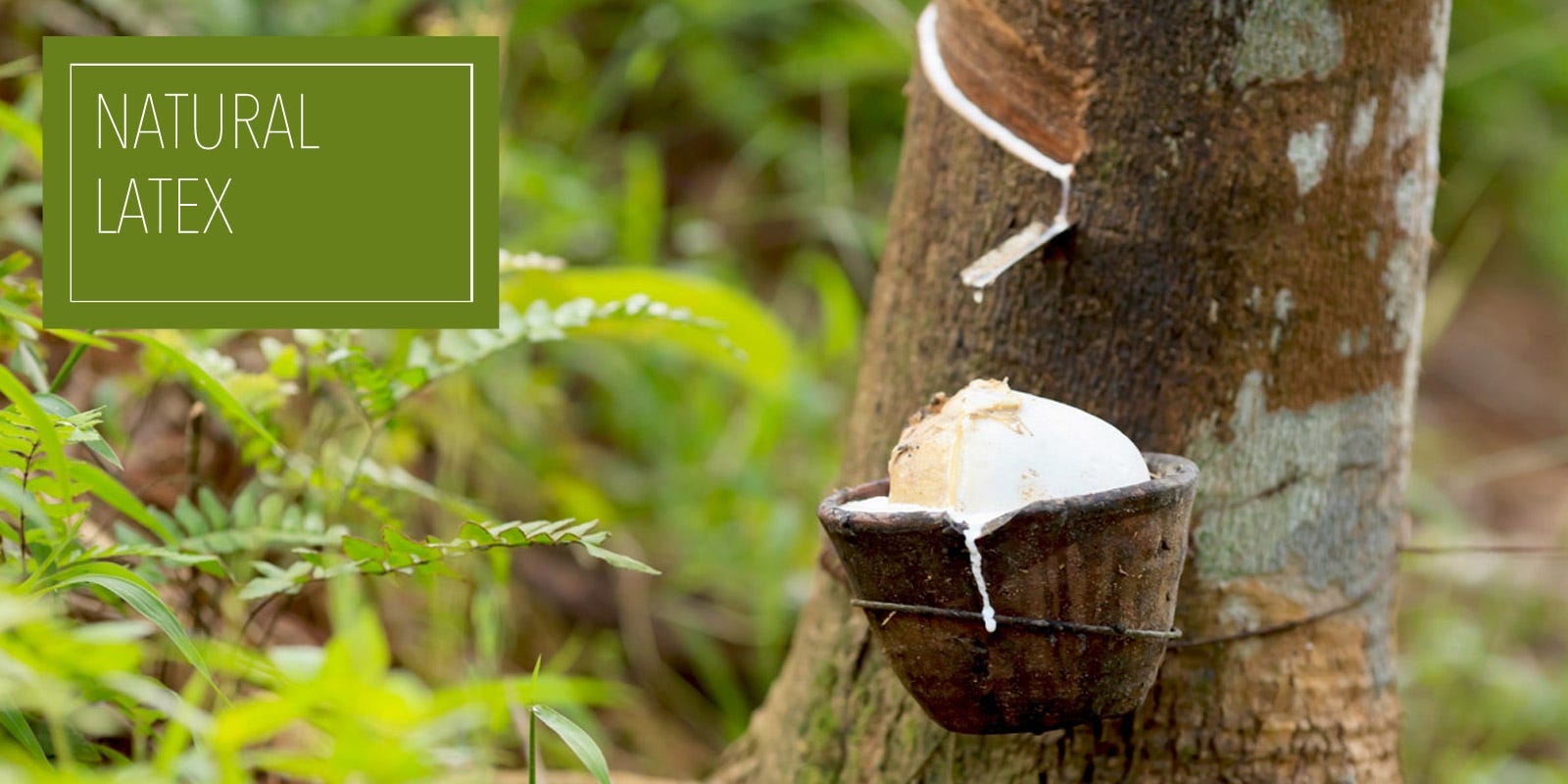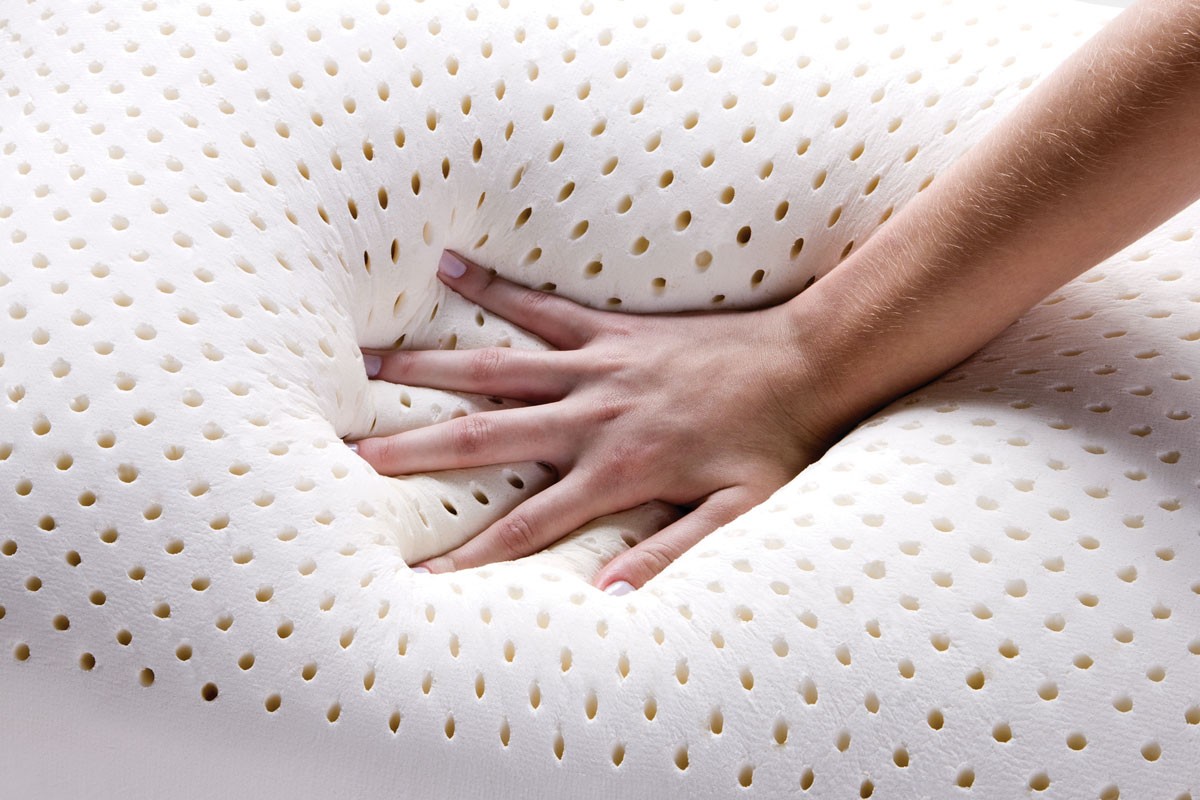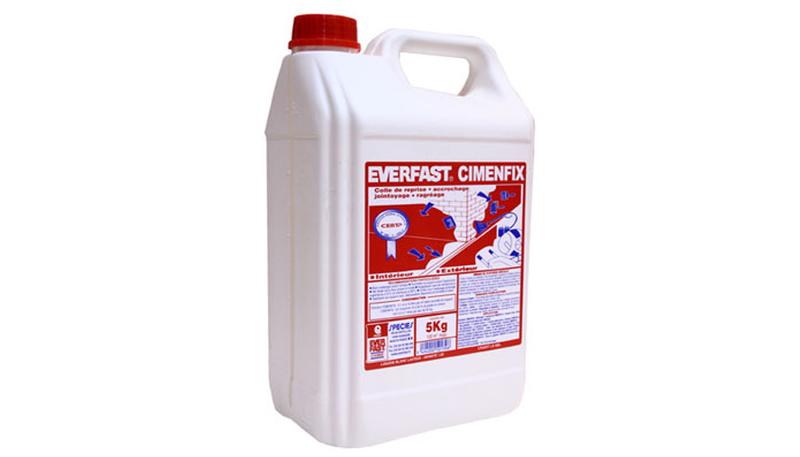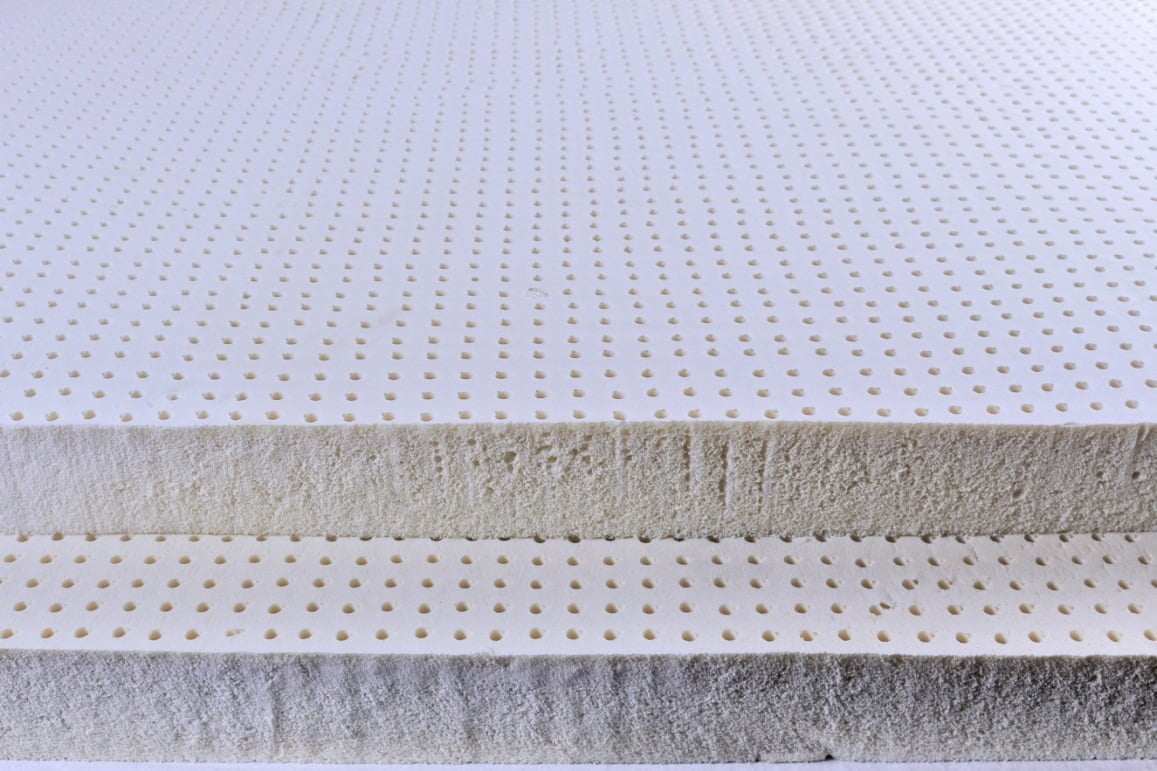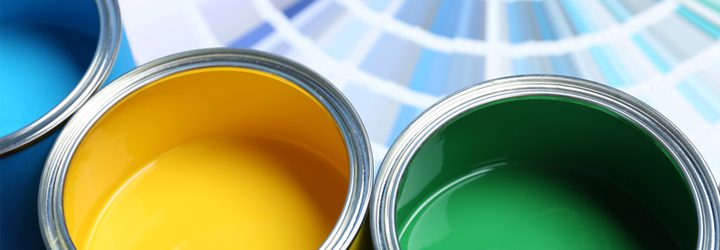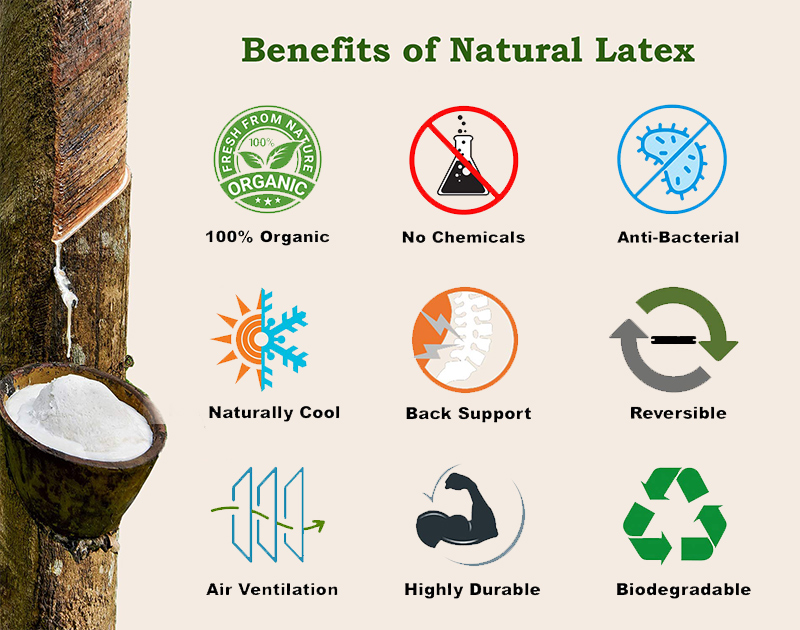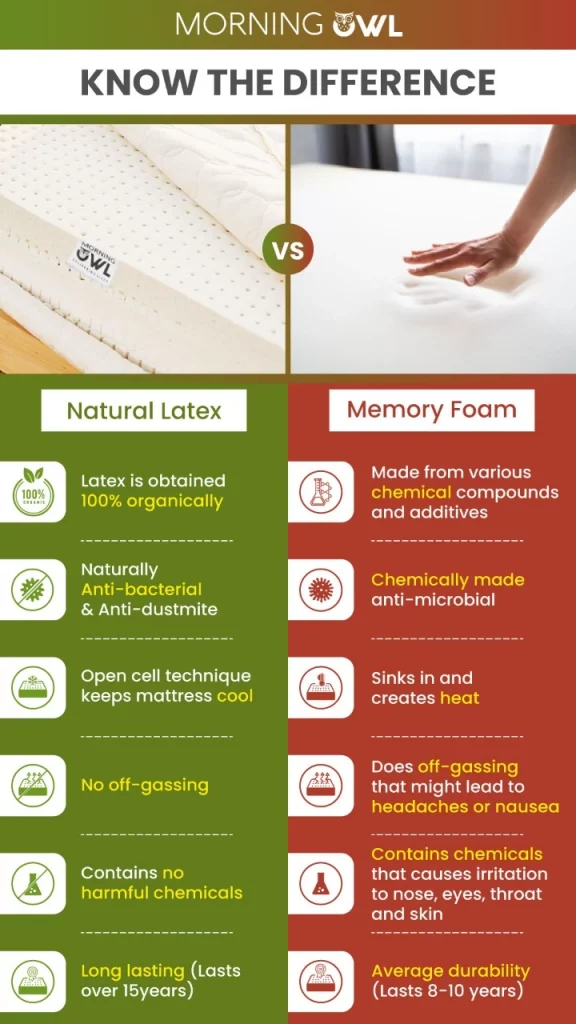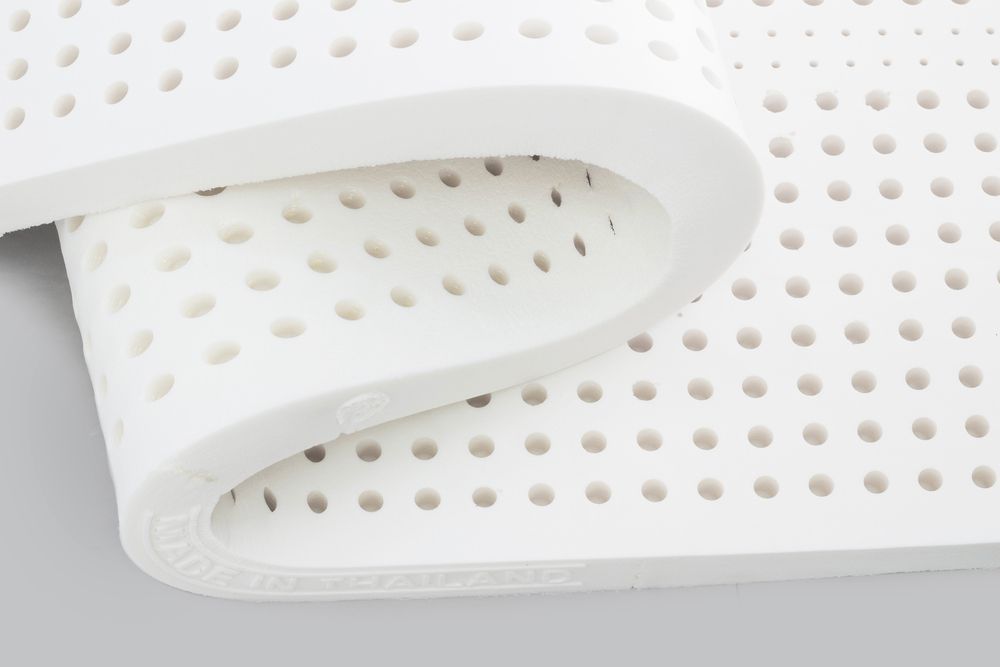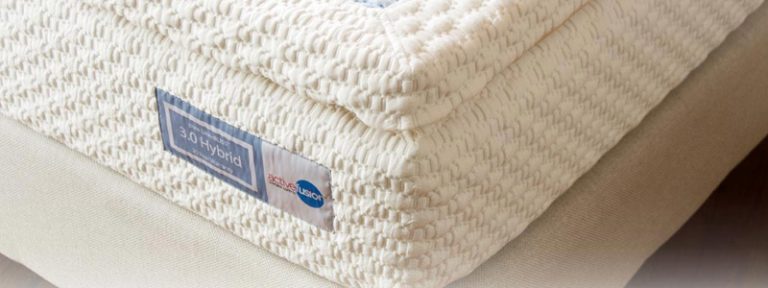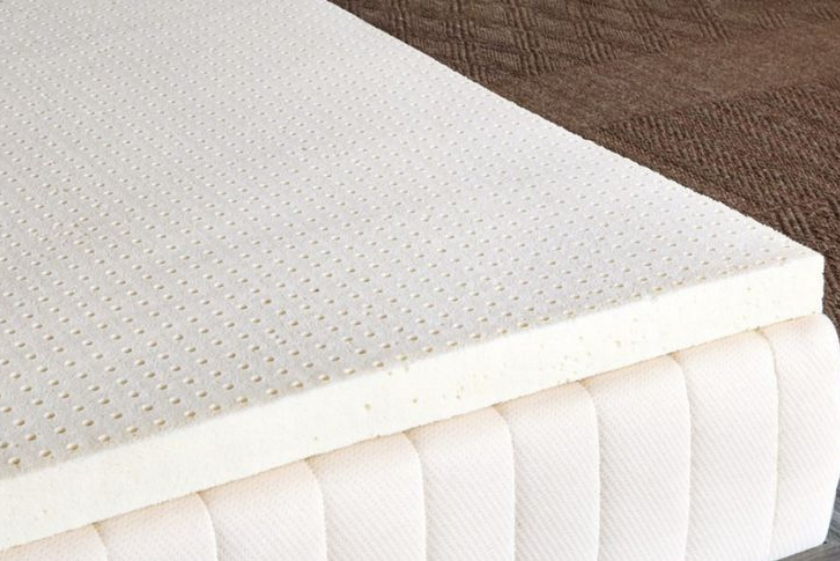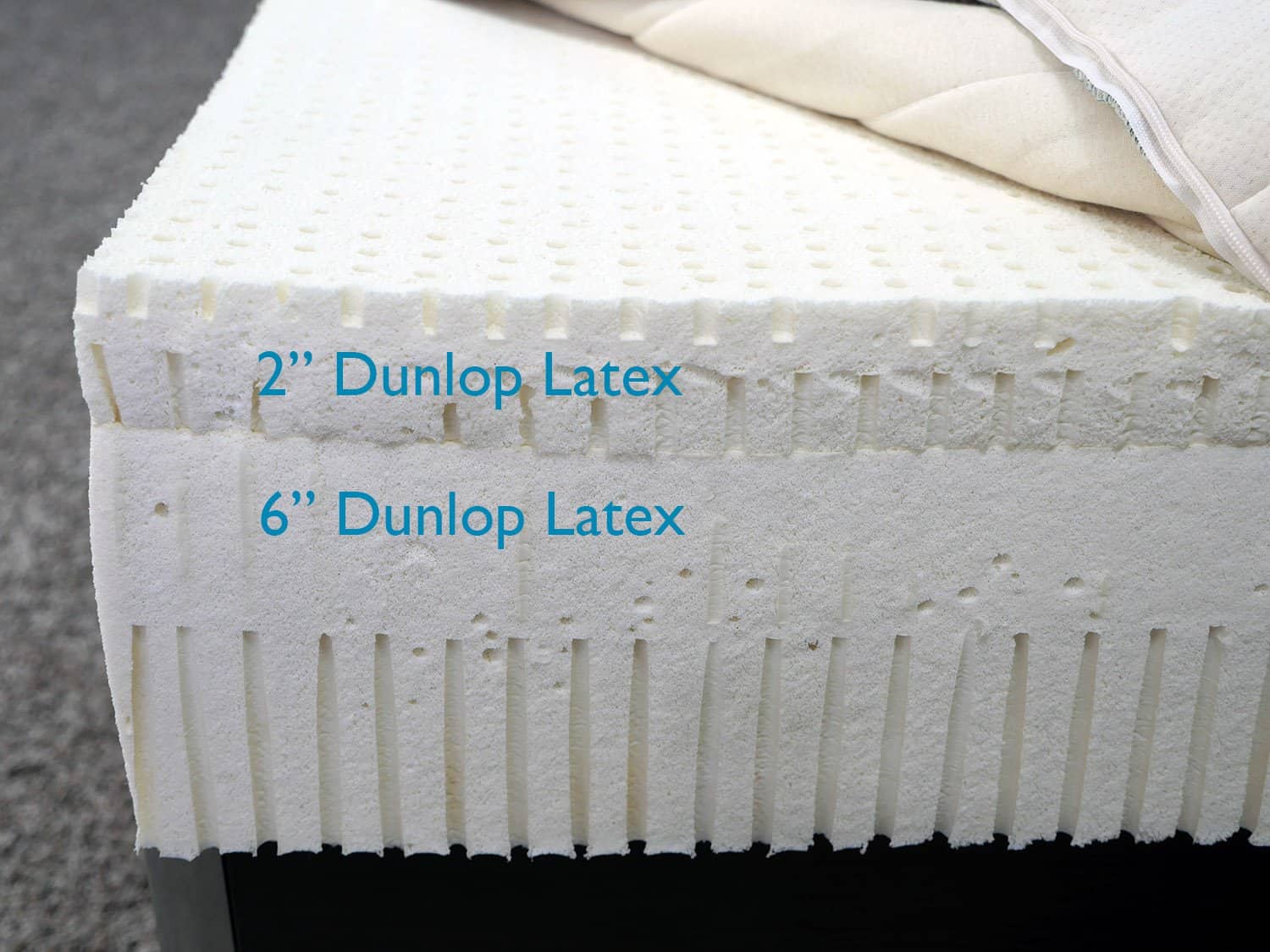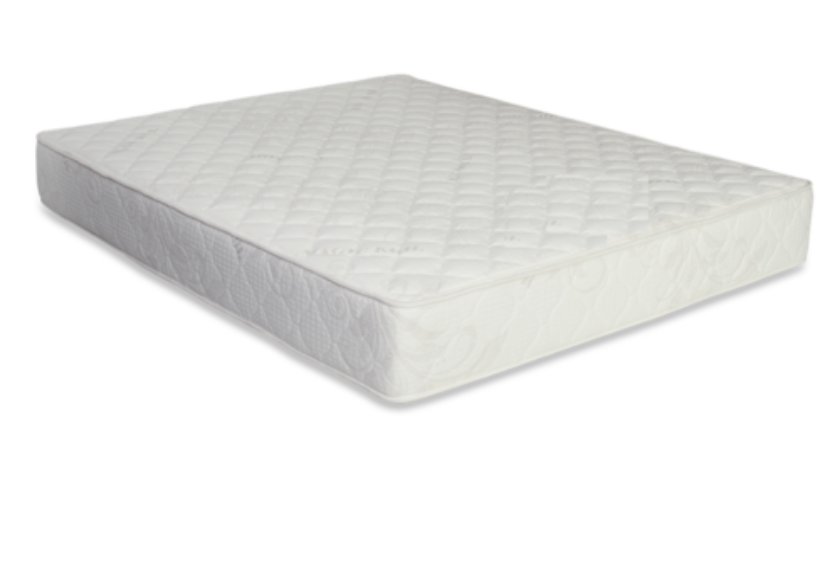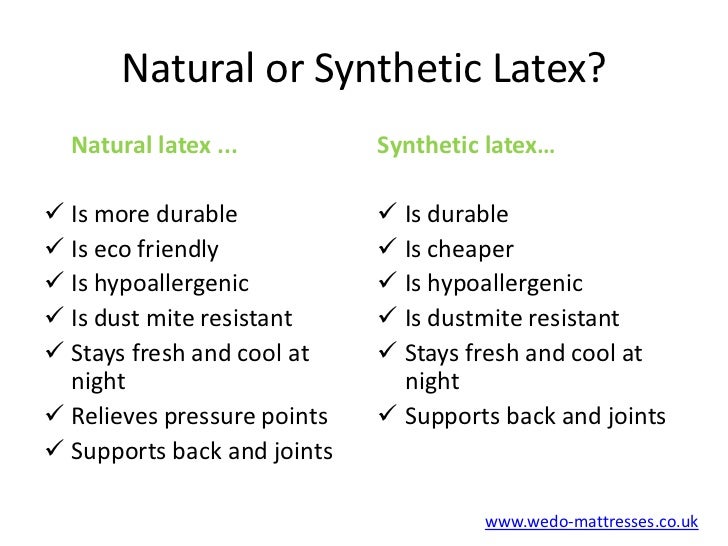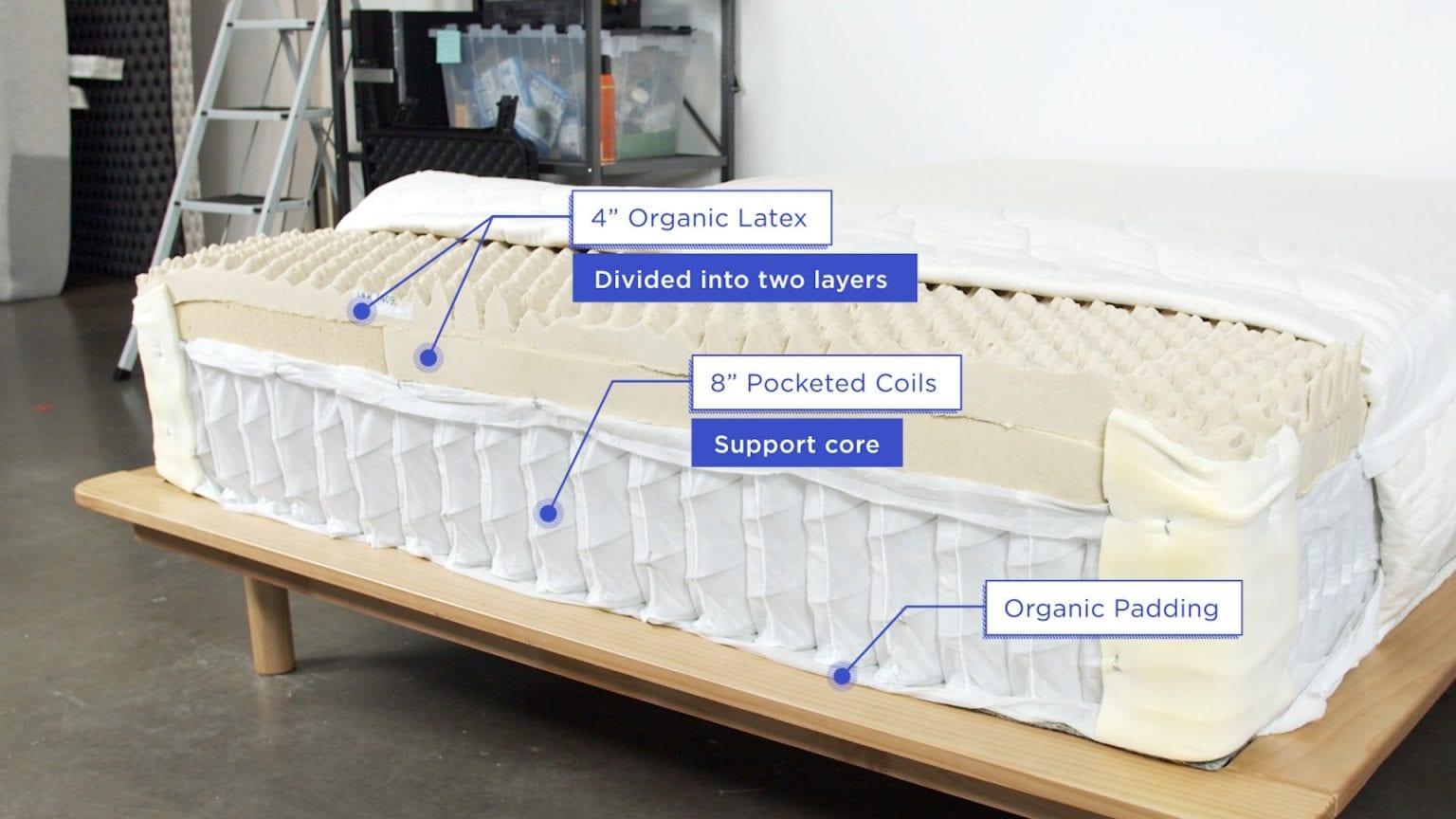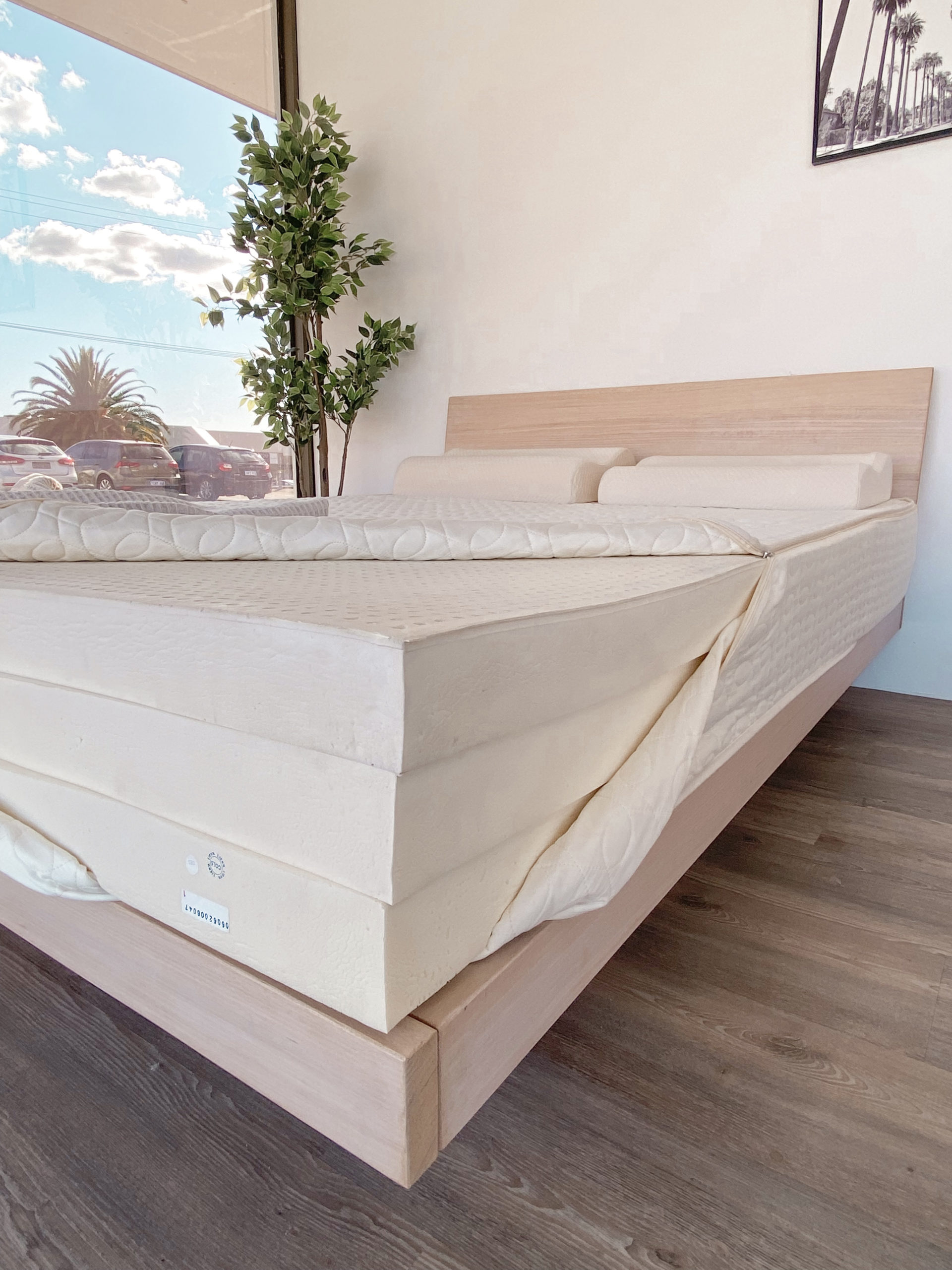Natural latex is a type of foam that is made from the sap of rubber trees. This eco-friendly and sustainable material is extracted without harming the trees, making it a popular choice for those looking for a more environmentally friendly option. It is also known for its durability, comfort, and support, making it a top choice for mattresses. What is Natural Latex?
Synthetic latex, on the other hand, is a man-made material that is produced using a chemical process. It is typically made from petrochemicals and can be found in a variety of products, including mattresses. While it may be more affordable than natural latex, it is not as environmentally friendly and may not offer the same level of comfort and support. What is Synthetic Latex?
The main difference between natural and synthetic latex lies in their production process and materials used. Natural latex is made from the sap of rubber trees, while synthetic latex is created using chemicals. This results in differences in their properties, such as durability, comfort, and environmental impact. What are the Differences Between Natural and Synthetic Latex?
Natural latex mattresses offer numerous benefits, making them a popular choice among consumers. Some of these benefits include: Benefits of Natural Latex Mattresses
Synthetic latex mattresses also have their own set of benefits, such as: Benefits of Synthetic Latex Mattresses
When it comes to durability, natural latex has the upper hand. It is known to last up to 25 years, while synthetic latex may only last up to 10 years. This is due to the natural properties of the material, as well as the lack of chemicals and additives that can cause breakdown over time. Durability of Natural Latex vs Synthetic Latex Mattresses
In terms of comfort and support, both natural and synthetic latex offer a unique sleeping experience. However, natural latex is known for its ability to contour to the body and provide both softness and support, making it a top choice for those seeking a comfortable and restful sleep. Synthetic latex may not offer the same level of support and may have a slightly firmer feel. Comfort and Support of Natural Latex vs Synthetic Latex Mattresses
When it comes to the environment, natural latex is the clear winner. It is a sustainable and eco-friendly material that is biodegradable and does not release harmful chemicals into the environment. Synthetic latex, on the other hand, is made from petrochemicals and can have a negative impact on the environment during production and disposal. Environmental Impact of Natural Latex vs Synthetic Latex Mattresses
In terms of cost, synthetic latex mattresses are generally more affordable than natural latex mattresses. This is due to the production process and materials used. However, considering the durability and lifespan of natural latex, it may be a better long-term investment. Cost Comparison of Natural Latex vs Synthetic Latex Mattresses
Both natural and synthetic latex mattresses have hypoallergenic properties, making them suitable for those with allergies. However, natural latex is more resistant to dust mites, mold, and mildew, making it the better choice for those with severe allergies or sensitivities. In conclusion, both natural and synthetic latex mattresses have their own set of benefits and differences. It ultimately comes down to personal preference and priorities. If you are looking for an eco-friendly and durable option, natural latex may be the best choice. However, if you are on a budget or prefer a customizable mattress, synthetic latex may be a better fit. Whichever type you choose, a latex mattress is sure to provide a comfortable and supportive sleep experience. Which Type of Latex Mattress is Best for Allergies?
Natural Latex vs Synthetic Latex Mattresses: Which is Better for Your Sleep and the Environment?
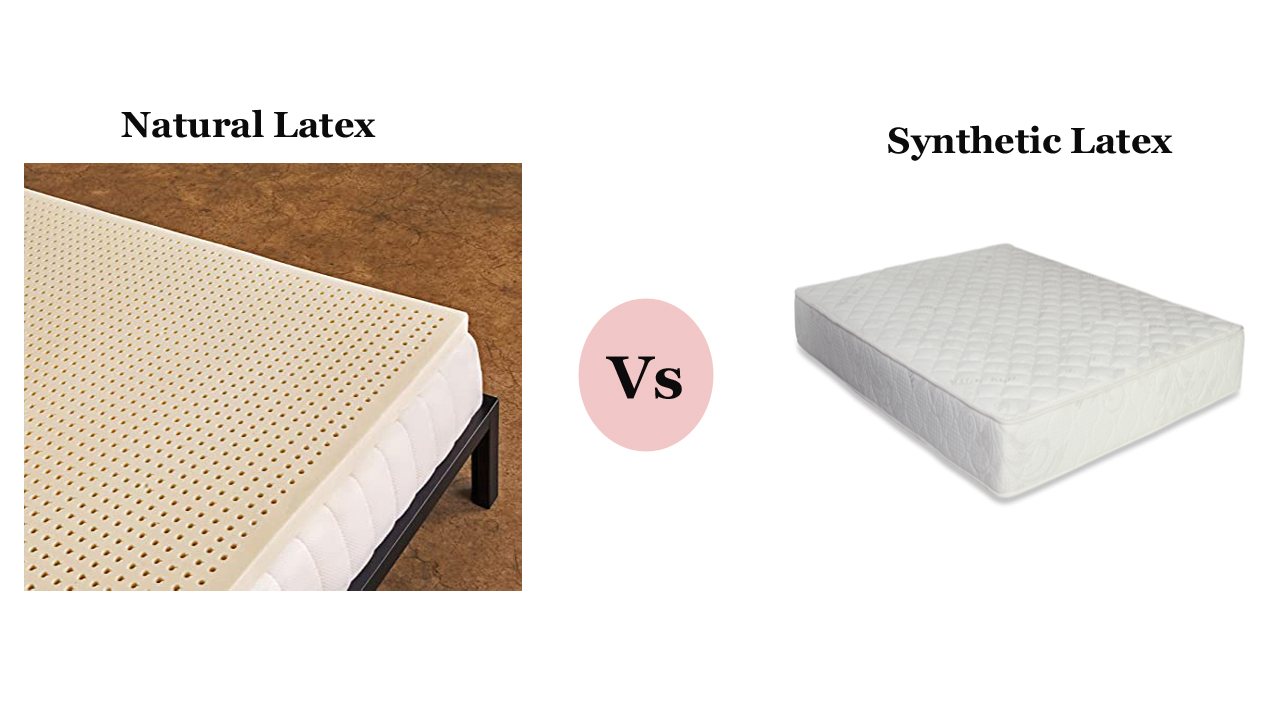
The Rise of Latex Mattresses
 Latex mattresses have been gaining popularity in recent years, and for good reason. These mattresses offer a unique combination of support and comfort, making them a desirable option for many sleepers. However, not all latex mattresses are created equal. There are two main types of latex mattresses: natural and synthetic.
Natural latex mattresses
are made from the sap of rubber trees, while
synthetic latex mattresses
are made from chemicals and petroleum-based materials. In this article, we will explore the differences between these two types of latex mattresses and help you determine which one is the best fit for your sleep needs and the environment.
Latex mattresses have been gaining popularity in recent years, and for good reason. These mattresses offer a unique combination of support and comfort, making them a desirable option for many sleepers. However, not all latex mattresses are created equal. There are two main types of latex mattresses: natural and synthetic.
Natural latex mattresses
are made from the sap of rubber trees, while
synthetic latex mattresses
are made from chemicals and petroleum-based materials. In this article, we will explore the differences between these two types of latex mattresses and help you determine which one is the best fit for your sleep needs and the environment.
Natural Latex Mattresses
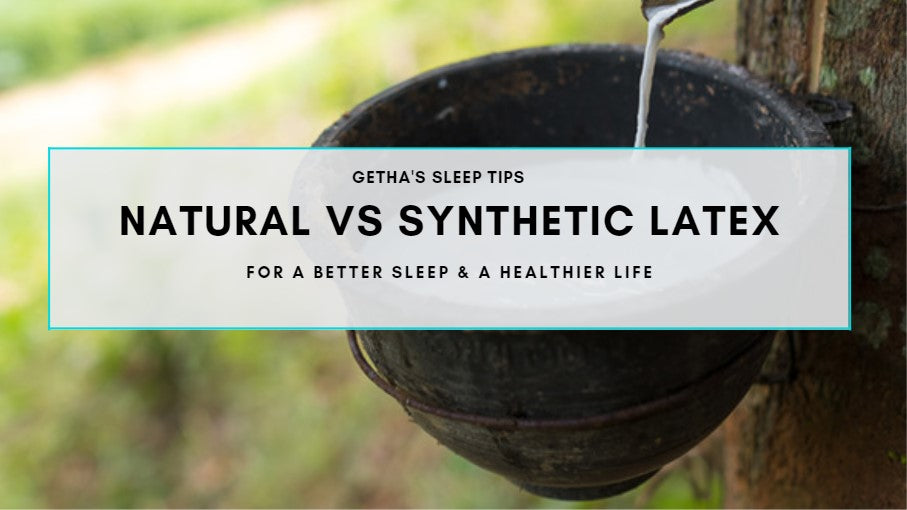 Natural latex mattresses are made from the sap of rubber trees, which is harvested in a sustainable and eco-friendly manner. The sap is then processed and turned into a foam material that is used in mattresses. This type of latex is known for its buoyancy and responsiveness, which provides excellent support and pressure relief for the sleeper. It is also naturally hypoallergenic and resistant to dust mites, making it a great option for those with allergies.
Natural latex mattresses are made from the sap of rubber trees, which is harvested in a sustainable and eco-friendly manner. The sap is then processed and turned into a foam material that is used in mattresses. This type of latex is known for its buoyancy and responsiveness, which provides excellent support and pressure relief for the sleeper. It is also naturally hypoallergenic and resistant to dust mites, making it a great option for those with allergies.
Synthetic Latex Mattresses
 Synthetic latex, on the other hand, is made from a combination of chemicals and petroleum-based materials. While it can offer a similar feel to natural latex, it lacks the natural properties of its counterpart. Synthetic latex is not as durable as natural latex and may emit chemical odors, which can be bothersome to some sleepers. It is also not as eco-friendly as natural latex, as it is not made from sustainable materials.
Synthetic latex, on the other hand, is made from a combination of chemicals and petroleum-based materials. While it can offer a similar feel to natural latex, it lacks the natural properties of its counterpart. Synthetic latex is not as durable as natural latex and may emit chemical odors, which can be bothersome to some sleepers. It is also not as eco-friendly as natural latex, as it is not made from sustainable materials.
The Benefits of Natural Latex Mattresses
 One of the biggest advantages of a natural latex mattress is its eco-friendliness. The production process of natural latex is sustainable and does not involve the use of harmful chemicals. This makes it a great option for those who are environmentally conscious. Additionally, natural latex is known for its durability and can last up to 20 years, making it a wise investment in the long run. It also offers excellent support and pressure relief, which can promote a better night's sleep.
One of the biggest advantages of a natural latex mattress is its eco-friendliness. The production process of natural latex is sustainable and does not involve the use of harmful chemicals. This makes it a great option for those who are environmentally conscious. Additionally, natural latex is known for its durability and can last up to 20 years, making it a wise investment in the long run. It also offers excellent support and pressure relief, which can promote a better night's sleep.
The Drawbacks of Synthetic Latex Mattresses
 While synthetic latex mattresses may be more affordable, they come with several drawbacks. As mentioned earlier, they are not as durable as natural latex and may need to be replaced more frequently, which can add up in cost over time. They may also emit chemical odors, which can be unpleasant and potentially harmful to sensitive individuals. Furthermore, the production of synthetic latex is not as sustainable as natural latex, making it less environmentally friendly.
While synthetic latex mattresses may be more affordable, they come with several drawbacks. As mentioned earlier, they are not as durable as natural latex and may need to be replaced more frequently, which can add up in cost over time. They may also emit chemical odors, which can be unpleasant and potentially harmful to sensitive individuals. Furthermore, the production of synthetic latex is not as sustainable as natural latex, making it less environmentally friendly.
The Verdict
 In conclusion, when it comes to natural latex vs synthetic latex mattresses, the clear winner in terms of both sleep quality and environmental impact is natural latex. Its durability, comfort, and eco-friendliness make it a top choice for many sleepers. However, if budget is a major concern, synthetic latex may be a more accessible option. Ultimately, the best mattress for you will depend on your individual needs and preferences, but it is clear that natural latex is the superior choice for those who value both their sleep and the environment.
In conclusion, when it comes to natural latex vs synthetic latex mattresses, the clear winner in terms of both sleep quality and environmental impact is natural latex. Its durability, comfort, and eco-friendliness make it a top choice for many sleepers. However, if budget is a major concern, synthetic latex may be a more accessible option. Ultimately, the best mattress for you will depend on your individual needs and preferences, but it is clear that natural latex is the superior choice for those who value both their sleep and the environment.
